Home Page › Blog › What Qualifies a Dog to Be a Service Dog?
What Qualifies a Dog to Be a Service Dog?
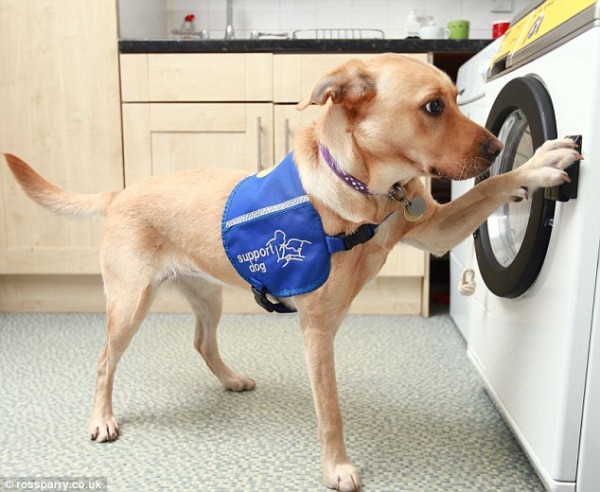
If you suffer from an emotional or physical disability you may be wondering what qualifies a dog to be a service dog. In this post, we will answer that question and give you some facts you will want to know when getting a canine for the purpose of service.
Can My Dog Be a Service Dog?
Many people ask the question of whether their current dog can be a service dog? The answer to this question is dependant on what you need your service dog to do for you. If you have a dog for emotional support or to help you with stress and/or anxiety, then there are no restrictions on the canine companion. In fact, an emotional support animal (ESA) can be anything from a snake to a horse but know there are restrictions on this type of “service” animal.
However, if you require a dog to do more than just offer comfort, then you will need the canine to be properly trained to do the tasks required. For example, if the dog has to pull a wheelchair, then a Chihuahua will not be considered a service dog as it simply would not have the strength to complete this task.
Obedience Training
Whether you train your dog yourself or enlist the help of an agency or professional trainer, your service dog must be obedience trained. This entails the basic commands of sit, stay, come, down, drop, heel and leave. Depending on the breed of dog you have chosen or already have this can take weeks to months to accomplish.
Socialization Skills
Another important quality your service dog must possess is socialization skills. A skittish, hyperactive or unruly dog will not do well as a service dog. Your dog must be quiet, calm, relaxed, alert, and of course, friendly.
Work Tasks
To qualify as a service dog your canine must be able to demonstrate the ability to do the work tasks that you cannot do for yourself. This can include fetching medicine bottles, opening drawers, or even alerting you to a drop in your blood sugars or of an oncoming seizure.
Public Access Training
How your dog acts in public areas is crucial to having a service dog. These working dogs must not respond to any of the noise, commotion, chaos, food smells or people when out with its handler. This type of training may take several months before your dog is desensitized to hustle-and-bustle of being in a public place. Some dogs may never have the ability for this type of public access training and therefore would not be considered a service dog.
Service Dog Rules
Because a service dog is there to help the handler there are rules your dog must follow when out in public. These include;
- No sniffing of people or merchandise
- No barking at people or other animals
- No begging for food or table scraps
- No jumping onto people or objects
- No lunging at passing people or other animals
- No overexcited or hyperactive behavior
- No eliminating in an inappropriate area. Dogs must learn to relieve themselves on command.
Handler’s Behavior
There are a lot of rules for a service dog to follow, but what about the handler? Some agencies may have you sign a form that both you and your service dog will behave accordingly when out in public. This can include;
- Being prepared to answer the questions of “is the dog a service dog and what task does it perform for you?”
- Being polite, confident and courteous even if the people you are dealing with are not familiar with the American Disability Act and service dogs.
Although it is not required by law, a service dog vest and/or badge is helpful when taking your working dog out into the public. You may also register your service dog with a reputable organization. This informs people at a glance that your dog is there to provide you with a service and not just a pet you are trying to “break the rules” with.
Service Dog Qualification Is a Process
Having a properly trained and accredited service dog is a process that takes time. Even though you can take an ordinary dog and turn it into a service dog, it will have to exhibit the qualities it takes to do this important work. It is also highly recommended to start your service dog training when your dog is just a puppy. Teaching an “old dog new tricks” will be much tougher, and he may not be able to accomplish all the tasks and training required to be a full-fledged service dog.
About the Author: The writing team at Service Dog Certifications is made up of folks who really know their stuff when it comes to disability laws and assistance animals. Many of our writers and editors have service dogs themselves and share insights from their own experiences. All of us have a passion for disability rights and animals.
Latest Posts
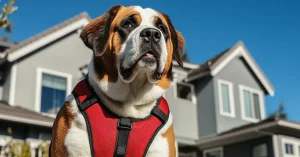
The Fair Housing Act Explained for Assistance Animal Owners
The Fair Housing Act (FHA) is a federal law in the United States that prohibits discrimination against people who need a support animal for their physical or mental health. The FHA applies to landlords in all 50 states. Under the Fair Housing Act, if you need a service dog or an emotional support animal, your […]

Read More
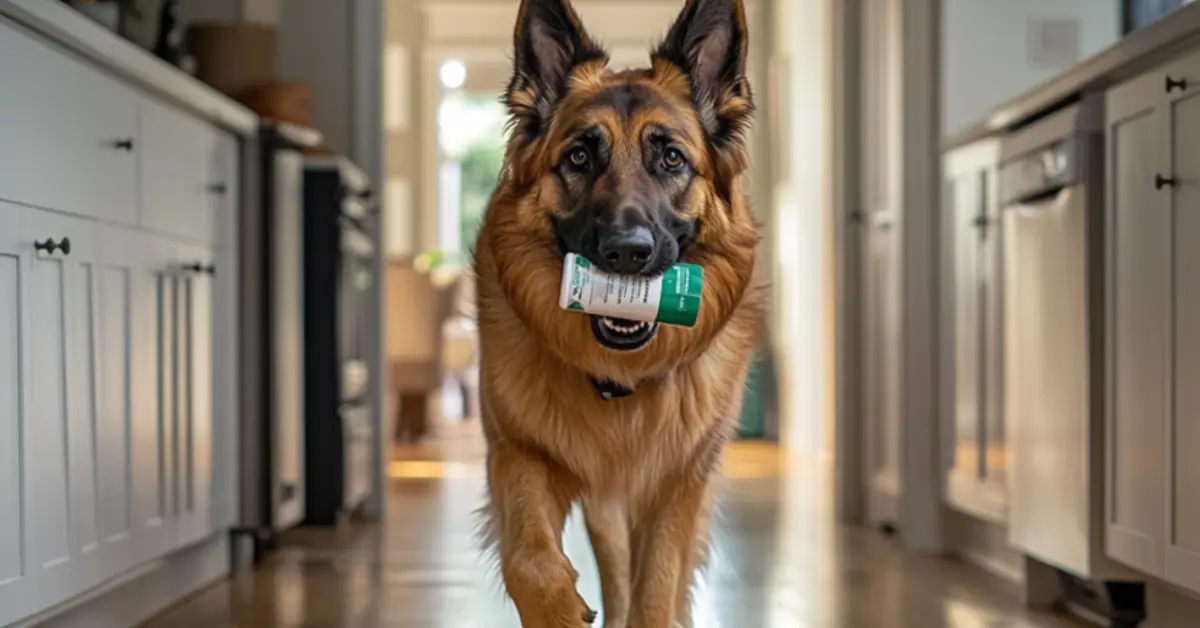
How a Service Dog Knows When It’s Time For You to Take Medicine
Service dogs can help their handlers by reminding them to take medication. These highly trained dogs know when it’s time for their handler to take medicine through routine recognition, alarm responses, scent detection, and awareness of physical and behavioral cues. Training a service dog to do this is one of the many service dog tasks […]

Read More
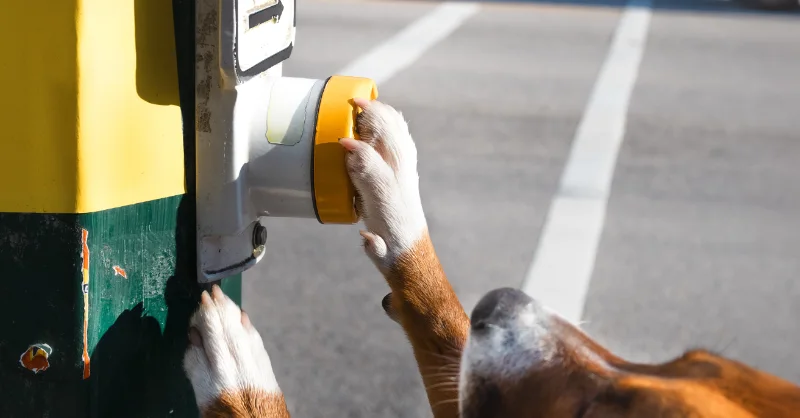
The Ultimate Guide to Service Dog Tasks: A Comprehensive List by Disability
Service dogs are remarkable animals trained to assist individuals with disabilities by performing various tasks. According to the Americans with Disabilities Act (ADA), a dog can become a service dog if it has been trained to perform a task that helps with the handler’s health condition. Service dogs can help with physical disabilities as well […]

Read More
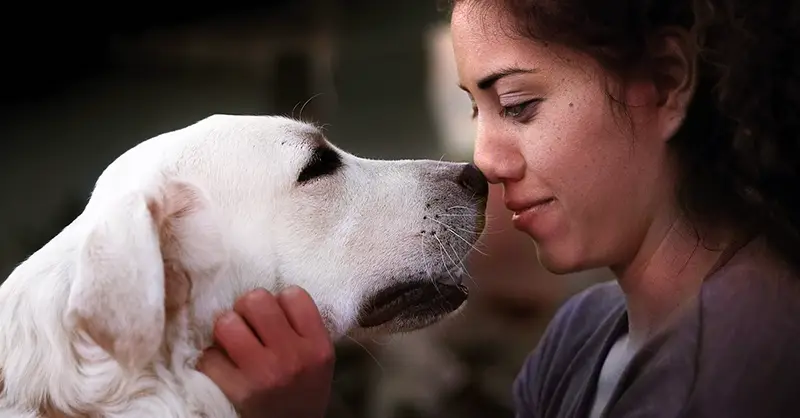
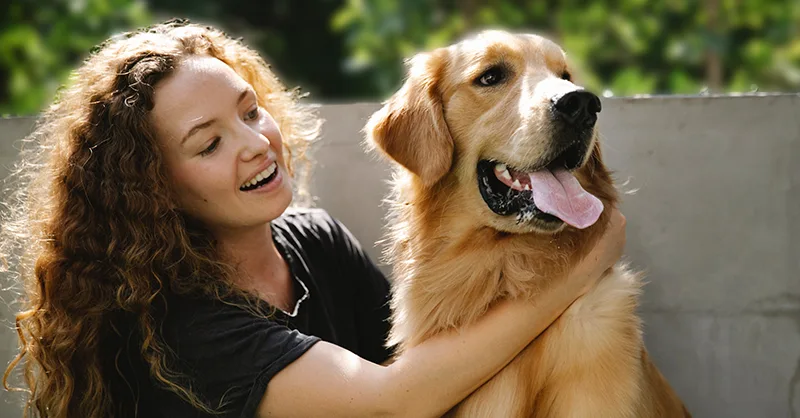
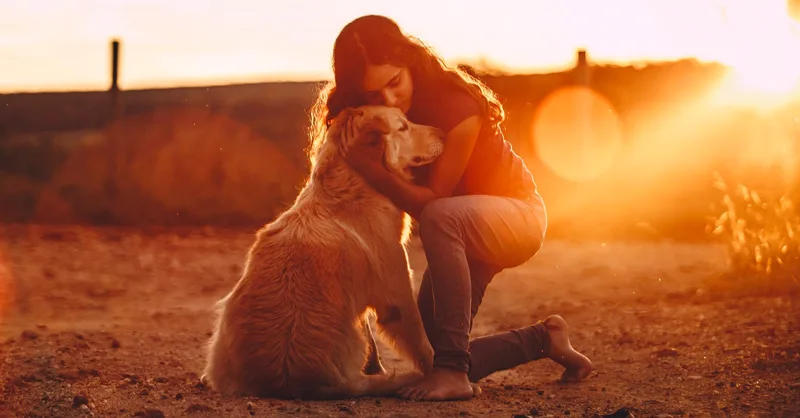
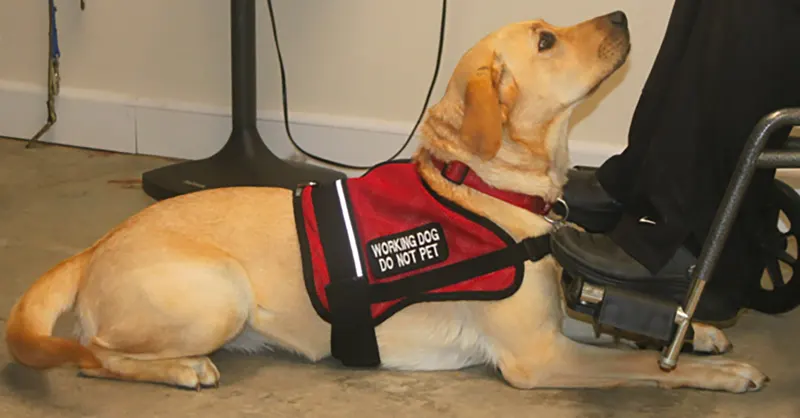


Good morning,
I have a black lab who I have noticed and have been told by others that she jas the traits to be a service dog. If you have any information or can direct me on where to go to get information on how to make this happen. I truly think she can make someone super happy.
We have a mixed breed GP and Anatolian Shepherd . He was abandoned at our house in our front yard one day and made himself a bed of leaves and refused to leave. ( we take in strays , dogs and people lol) He bonded with me and immediately seemed aware of my health issues. I have Chiari 1 malformation and syringomyelia as well as symptoms of ms and heds. When he sees that I am dizzy or about to pass out, he will brace himself against me to steady me. He will also go get my husband if he hears my voice rise to a frantic tone. He is still a little under a year and we are hoping to find a trainer in the area that will work with him. He has not shown any aggression or dominant traits. He listens and focuses on my voice. He does not guard me from people either or tries to keep people from helping me. He will go get someone if he believes I’m am in need. He talks very well and paws to get attention . He has never bitten or shown any type resource guarding. The pawing can hurt because he has huge paws but he does it to get mine or my husbands attention. From what I’ve read on his breeds, these traits are not very common for them. We are going off the assumption of him being untrained,except for what we have worked on with him, because he was very young when we got him. Most sights say that either of the breeds are not good service dogs, but he shows all the character traits that a mobility aid dog needs. He is very calm and is not easily distracted in public. Any advice is greatly appreciated.
Get him trained ASAP as a service dog! Keep his nails trimmed if that bothers you. My daughter has an Anatolian mix found at a shelter that we had trained as a service dog & she is awesome, they are a wonderful breed. Very sensitive to the person they bond with & comforting to the entire family.
I work at a grocery store and we have someone who comes in with there dog and claims it is a service dog, but it is being held and barks. Is this really a service dog?
Most likely not, some people use the excuse of a service dog in order to get by in shops. The only way it COULD be called a service dog is if it was under training. However, that would simply be another reason why it shouldn’t be allowed in restricted places for dogs, as it does not yet have the capability to behave well.
A service dog in training is not yet considered a service dog and does not have the legal rights of a service dog yet.
There’s this 27 year old loser who cant get his life together because of his felonies and lives with his mom. He has a small size dog that attacked/ bit me one day when I was coming home from work with groceries in hand. No apology, he just attempted to defend it by calling it a “service dog.”
My son has been diagnosed with Epileptic grand mal seizures and has had several seizures in a three week time. He would be a perfect candidate for a service dog to help him be alerted when he is about ready to have a seizure. He has fallen and landed on his face and fractured his eye sockets and his eye doesn’t open all the way because of the nerve damage. He just had a seizure yesterday and fell, and broke a chair. His 3 year old daughter witnessed this and it really scared her and don’t want this to be something that sticks with her since she is so young. He is on the Medical card since he is unable to drive and work due to the seizures. I’m unsure if there is any program that would be available due to his financial issues. Any information would be greatly appreciated.
You can look for a personal trainer who is qualified to teach the dog and your son simultaneously. There are training groups as well as qualified training individuals who can do the same thing, only less expensive. Make sure that whomever you decide to go with, they are qualified to do the specific training you’re looking for. Good luck 👍
I need help getting information about service dog in hospital with Covid email is aperetti61@icloud.com. I want a small dog beside oxygen level I am now taking seizure medications
Very good information, helped clear up some of the questions I had about my dog.
We’re glad you found the article useful!
My 10 year old Yorkie is approved service dog by the VA, I’m going overseas in July, I fly on American Airlines and have a connecting flight in Qatar going to Zambia. A long flight. I know that American Airlines treat service dogs well. Will I enable to have my dog fly with me from Qatar to Zambia?
Our suggestion would be to call the particular airline you have the connecting flight with in advance to find out with their service dog requirements are. For a general guide on flying with service dogs, you may find this link helpful: https://www.servicedogcertifications.org/flying-with-a-service-dog-guide/